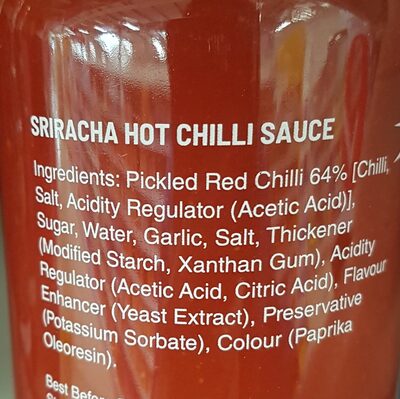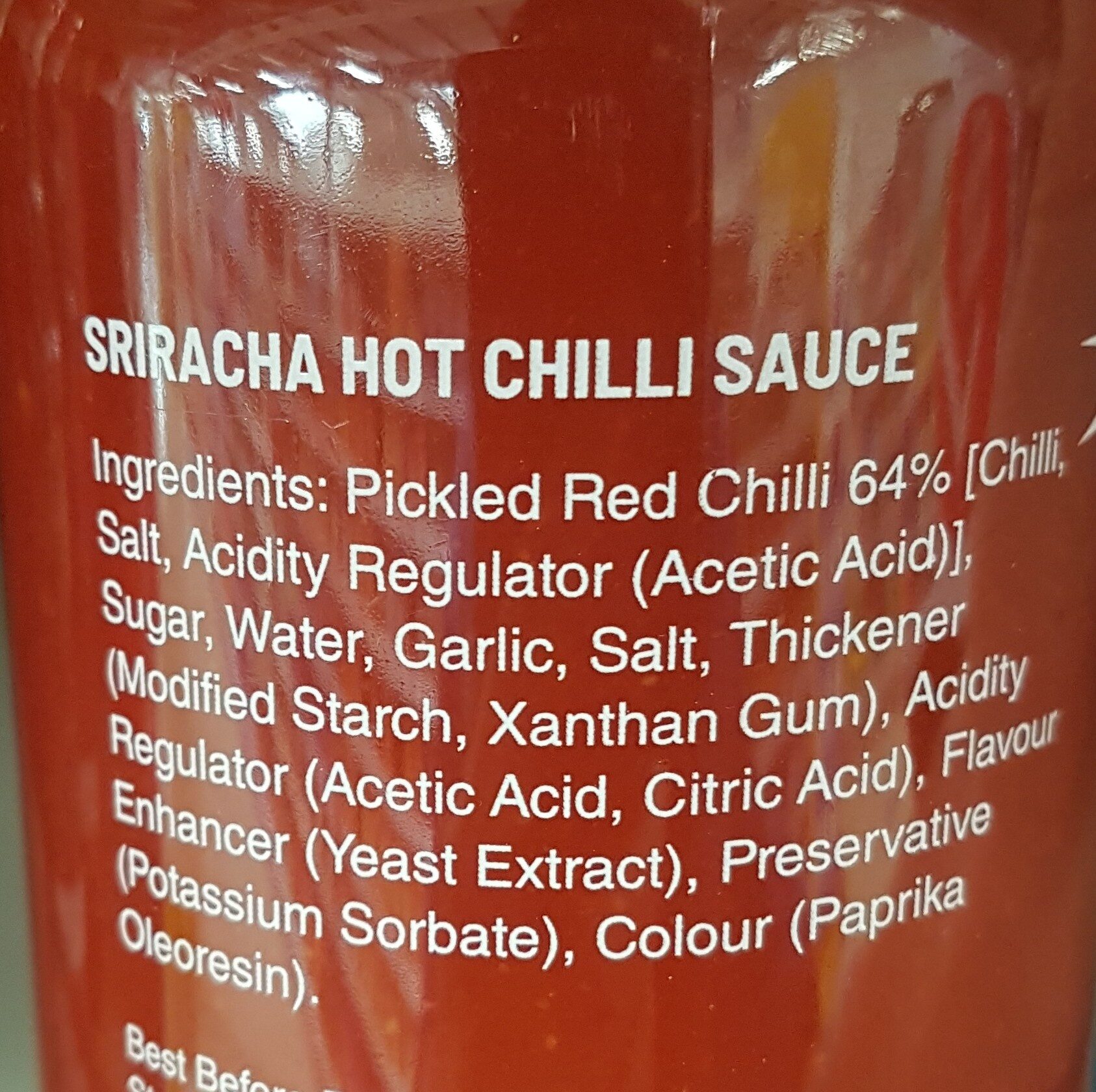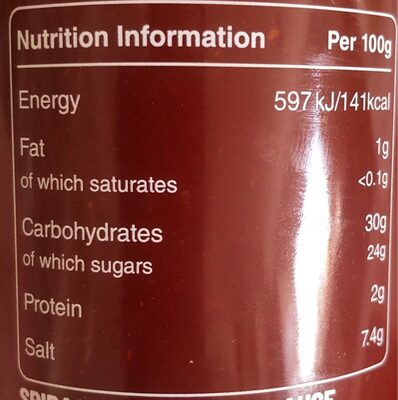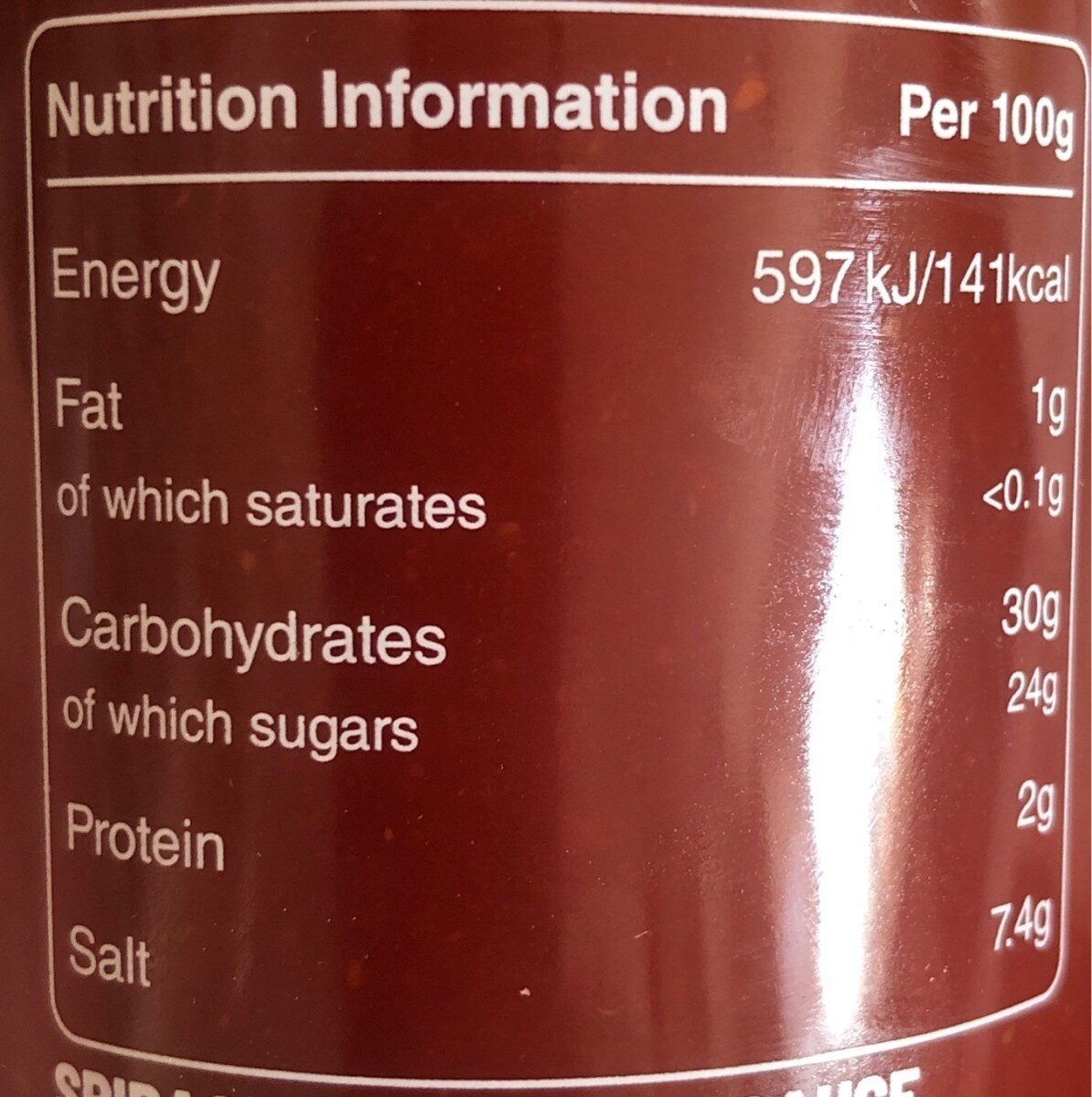Sriracha Hot Chilli Sauce - - 455 ml
This product page is not complete. You can help to complete it by editing it and adding more data from the photos we have, or by taking more photos using the app for Android or iPhone/iPad. Thank you!
×
Barcode: 5020580016999 (EAN / EAN-13)
Quantity: 455 ml
Packaging: Pet-bottle
Categories: Condiments, Sauces, Hot sauces, Sriracha sauces, Srir
Labels, certifications, awards: No gluten, No added MSG
Countries where sold: United Kingdom
Matching with your preferences
Environment
Packaging
Transportation
Report a problem
Data sources
Product added on by kiliweb
Last edit of product page on by 626b8cbe7462.
Product page also edited by asavp, inf, roboto-app, swipe-studio, teolemon, yuka.Ib1sAP2WQ_ULTfXo2rs_jDuiFdzLGvlyN1sRoQ, yuka.sY2b0xO6T85zoF3NwEKvlhNEeNCAnmPVKgDvvUahm42yNcfRRexw4oPXaas.
If the data is incomplete or incorrect, you can complete or correct it by editing this page.










